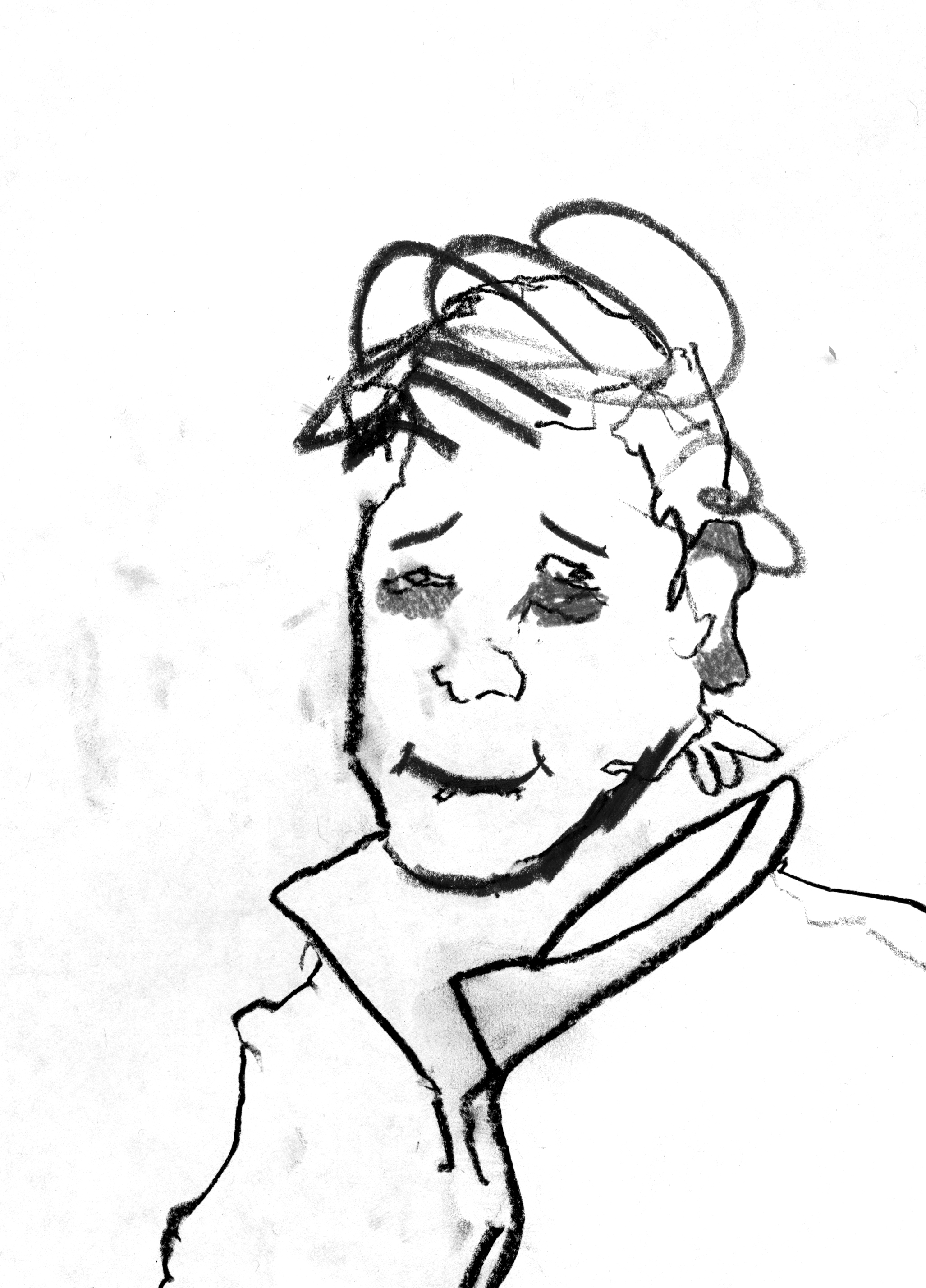Maps as Mastery
Contributor
Masters

DIMITRI BRAND (M.Arch ‘18)
Sandy Island, located in the Coral Sea east of Australia, was once approximately the size of Manhattan. Originally ‘discovered’ by a whaling captain,1 the island appeared on maps for over one hundred and thirty years until it was ‘undiscovered’ in 2012 by Australian Research Vessel, Southern Surveyor. Prior to 2012, Sandy Island appeared on maps produced by the National Geographic Society, in various professional hydrographic data sets, and most remarkably on the satellite-sourced Google maps. The General Bathymetric Chart of the Oceans, the standard for scientific professionals, showed the location of Sandy Island to have an elevation of one meter. This data point was not informed by any collected evidence (the ocean is actually over a kilometer deep at Sandy Island’s supposed location), but by a phantom reading that was produced when the data was filtered through the World Vector Shoreline Database, which included Sandy Island.2
The phantom island is not a new phenomenon, but the un-discovery of such a large landmass in the age of satellite imagery caught the attention of the media. The Huffington Post called it ‘The Mystery of Google’s Lost Sandy Island,’ suggesting that the island was legitimized not by its inclusion in more than a century’s worth of maps and scientific research, but rather by its inclusion in Google Earth, making it then Google’s island to lose.
Google and other internet companies have created a new map family with which to define territory, resulting in two types. These two types perform in distinctly different ways:
1. The classic map, which is hierarchical and diagrammatic, where the ideal map is formed by being a map of a map of a map; where legibility necessitates the removal of extraneous information.
2. The more recent ‘complete map,’ where the ability to display digitally layered information seemingly allows for the inclusion of all available data.
In his seminal work, Science and Sanity, Alfred Korzybski, father of general semantics, states: ‘The map is not the territory… The only usefulness of a map depends on similarity of structure between the empirical world and the map.’3 Korzybski believed that the only content of knowing is ‘of structural character’ and that the map’s power and usefulness is a function of its abstraction.
The first type achieves Korzybski’s useful map through the decisions of a master; hierarchies of importance are established based upon the intent of the cartographer. This type of map is generally more capable at displaying physical data as the display of experiential content necessitates the sacrificing of precision. For example, the quasi-axonometric iconographic maps of small towns, the flattened facade aerial maps of Shaker town planning,4and the interior design furniture plans of the 1900’s that show three-dimensional furniture inside of a two dimensional plan, give precedence to experiential qualities at the expense of spatial accuracy.
The second type need not make such concessions and can include subjective forms of information with relative ease. Multiple layers of digital information allow for the inclusion of diverse media; anecdotes, photographs, and dining reviews populate the ever-growing Internet space. The map no longer compromises its use as a spatial/ wayfinding tool in order to display experiential content as the experiential information easily recedes when not necessary. In this way, people’s personal experiences can be piled together with the experiences of others. The map creates a collective idea of a place, a lowest common denominator understanding that acts as a litmus test for potential visitors and, perhaps more ominously, as a vicarious experience for internet voyeurs. These maps are collectively psycho-geographic and move closer to a collective estimation of experience by the addition of each data point. The experiential data points further legitimize the perceived accuracy of the geographic map below. As three-dimensional phenomenological approximations are layered on top of the map, the cartographic vehicle below becomes the base for experience, and thus is assumed to be truthful.
The question arises then, who is the master of this new map? It could perhaps be the coder or team of coders that developed the technology, but they could only be considered the master in the loosest sense, as they have only provided the framework. Is each user then a master of the map? If this is the case we have to grapple with the question of whether a collective consciousness can be considered a master, or if mastery requires hierarchy.5
The potency of the Sandy Island story comes not from our desire to identify the flaws in Google’s data in order to humanize the omnipresent, but instead from an anxiety that forms in the face of Google’s potential inaccuracy. Google Maps has become a frame through which we identify our place within an increasingly complex world. Its failure at such a massive scale exposes an uncomfortable reality: that despite presumptions of exactitude, our most advanced tools and models are approximations based on a necessarily flawed continuum of acquired knowledge.
1 In the defense of the captain who ‘discovered’ Sandy Island, it is probable that he encountered a large section of floating pumice from a nearby volcano.
2 Maria Seton, Simon Williams, Sabin Zahirovic, and Steven Micklethwaite, “Obituary: Sandy Island (1876–2012),” Eos, Transactions American Geophysical Union 94 no. 15, (2013): 141-142, doi: 10.1002/2013EO150001.
3 Alfred Korzybski, Science and Sanity; an Introduction to Non-Aristotelian Systems and General Semantics (Lakeville, CT: International Non-Aristotelian Library Pub., 1958), 58.
4 This is only one example. These types of maps are also popular in other forms throughout history.
5 It cannot be said that the new crowd sourced semi-democratic map is without problematic hierarchy. At the most basic level it inherits Eurocentric mapping biases for its underlay.
Portrait by Abraham Lampert (MFA ’17)